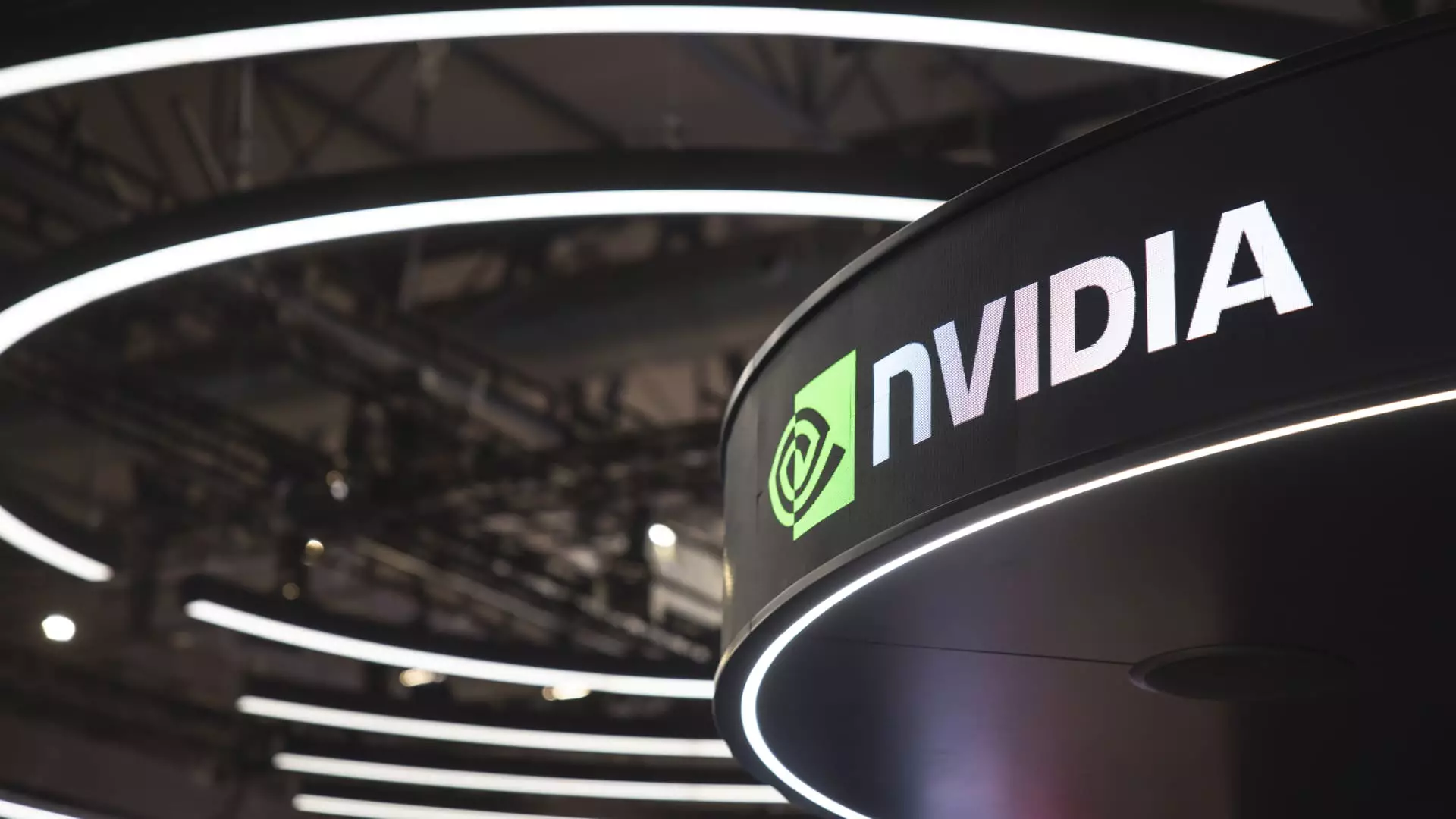In a landscape flooded with economic qualms and fluctuating stock prices, Nvidia stands as a beacon of resilience and innovation. The chipmaker specializing in artificial intelligence has reported a remarkable year-over-year growth of 73% in its data center business. The company’s quarterly results, showcasing adjusted earnings per share (EPS) of 96 cents on an eye-popping $44.06 billion in revenue, exceeded the analysts’ expectations. This is not just a win for Nvidia but a significant moment for tech companies groping in the dark. Nvidia has demonstrated that with the right combination of innovation and market responsiveness, massive growth is achievable, marking it as a foundational player in this evolving digital landscape.
However, what weighs heavily on my mind is whether this growth could make investors complacent. Such unyielding optimism can breed a false sense of security, potentially setting the stage for a market correction if their growth slows down. In this volatile atmosphere, one must tread cautiously, for the radiant success of one could spell disaster for another. The headlines proclaim Nvidia’s triumph, but humility in success should not be overlooked.
The Harrowing Drop of HP: The Forgotten Giant?
In stark contrast to Nvidia’s soaring heights, HP’s shares plummeted 15%, adding yet another chapter to its ongoing saga of struggle within the tech sector. The company projected disappointing earnings guidance for its fiscal third quarter, with expectations considerably below analysts’ estimates. Such a significant downturn raises alarming questions about HP’s future viability in an increasingly competitive marketplace.
The underlying issue may hinge on HP’s reluctance to adapt to the newer trends in digital computing and innovation. As consumer preferences shift toward portable and highly integrated technology, HP appears to be rooted in a paradigm of traditional computing. One has to wonder if leadership at HP is doing enough to steer the ship away from turbulent waters. Falling short of expectations can justifiably create a ripple effect, affecting not only investor confidence but also the company’s capacity to attract talent and innovate further.
Salesforce and Veeva’s Ascendancy: Outperforming Expectations
Amidst the turmoil affecting many tech companies, Salesforce and Veeva Systems have emerged as counter-narratives of resilience. Salesforce posted impressive fiscal first-quarter results, with earnings surpassing the anticipated figures. This rise can be interpreted as an indictment of the prevailing narrative that suggests a slowdown in customer service and sales sectors due to economic pressures. Salesforce’s ability to raise its full-year forecast is an exciting signal that it may not only weather the storm but could also thrive amidst adversity—a crucial lesson for businesses ever susceptible to market fluctuations.
Simultaneously, Veeva’s 16% surge in share prices is another indicator that precise and robust forecasting can indeed pivot a company’s fortunes. By predicting adjusted earnings that exceeded estimates, they encapsulated the idea that foresight can turn challenges into opportunities. While these positive performances offer glimmers of hope in the tech sector, they should simultaneously serve as a cautionary tale. Investors must discern whether robust quarterly earnings will translate into sustained success or if these are merely short-lived upticks.
C3.ai: Riding the AI Wave
C3.ai’s astonishing share price spike of 14% reflects a broader sentiment toward Artificial Intelligence startups. Reporting a lesser-than-expected loss coupled with surpassing revenue projections, C3.ai embodies the potential and challenges within the AI space. The sheer enthusiasm for technology that promises automation and efficiency is palpable, yet we must not overlook the inherent risks associated with investing in companies riding the AI coattails. The real test lies ahead: can C3.ai sustain this momentum, or will it fall victim to the cyclical nature of tech trends?
Yet with such promising metrics, a degree of skepticism is warranted. Investors should remain alert, for AI is still an emerging field fraught with uncertainty. The dramatic fluctuations in market sentiment can often render these optimistic projections moot.
SentinelOne: A Cautionary Tale
On the flip side, we find SentinelOne, whose shares sagged over 11% due to tepid earnings and weak guidance. Their mixed performance calls into question the sustainability of cybersecurity stocks, as the demand for protection against cyber threats grows exponentially. Despite slightly exceeding revenue expectations, the failure to impress with future guidance serves as a harsh reminder that today’s gains can quickly become tomorrow’s liabilities.
In an era where cybersecurity has become paramount, one must interrogate why a company like SentinelOne experienced such a sharp decline. Does it indicate a lack of innovation, or is the company playing catch-up in a rapidly evolving landscape? The rising costs and intensifying competition demand continual adaptation and aggressive strategic planning. It is crucial for tech companies not only to recognize the importance of staying ahead of the curve but also to embrace challenges as potential avenues for growth rather than obstacles.

